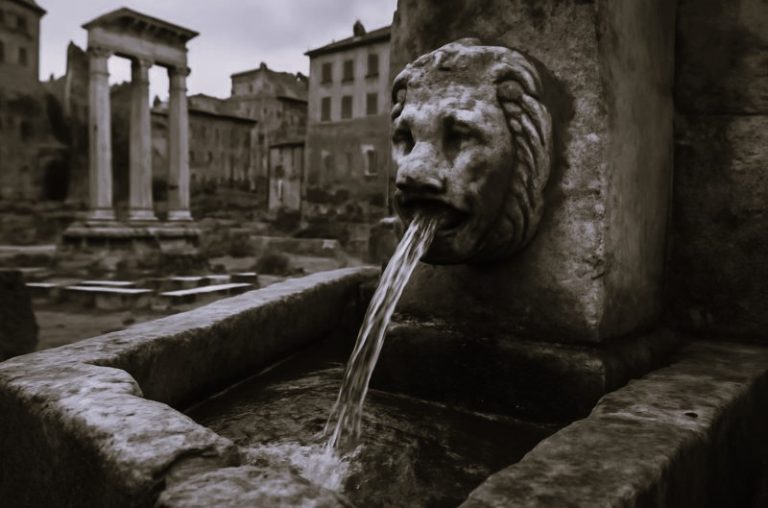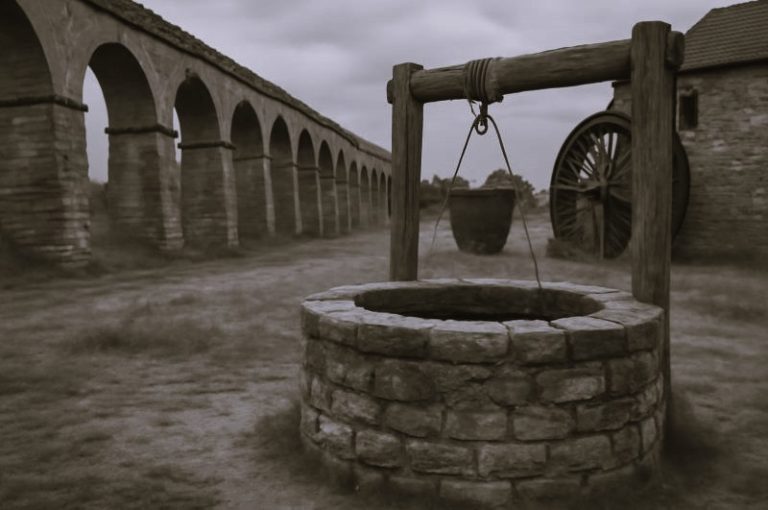

Diesel fuel attracts and holds water. Water can occur in diesel either as free water or as an emulsion. The water in the diesel fuel can lead to problems such as corrosion of the components, storage tanks and increased wear of the fuel system components because of the reduced lubricity. These are important points to consider whether using diesel individually or ordering bulk diesel fuel delivery.
According to Drrrunk Shopping Blog, to preserve the service life and engine quality, having a diesel fuel water separator is essential. The diesel fuel water separator performs as an added line of defense for the engine, filtering water and any particulates from the fuel before reaching the fuel filter and engine.
In simple terms, fuel water separates a small device that functions by removing the water from diesel fuel before it reaches the sensitive parts of the engine.
Its purpose goes beyond keeping the fuel clean; it also increases the reliability of the vessel.
How does a diesel fuel water separator work
Diesel fuel is less refined compared to other fuels; hence it holds a more significant amount of water. This guideline shows how the fuel water separator works to remove water and other contaminants from the fuel.
Step one: Condensation of water in the fuel tanks
The diesel fuel tank is mostly subjected to water condensation compared to gasoline because it has no vapor pressure that can displace air.
When the fuel tank is warm, the air inside expands and is forced out. The moment the tank starts to cool down, humid air is then drawn back into the tank, making water that condenses out on the tank’s walls.
Also, we can have water in the fuel through the open fill or a defective tank. Or it can be transferred from the tank that is contaminated with water. Diesel fuel can also collect water and other contaminants in many ways.
Step two: Removal of water from the fuel
When the diesel fuel contaminates with water, it is pumped from the fuel tank, and the water leaves the tank as visible floating droplets that are relatively easy to remove from the fuel using the water separator.
If the water is not removed quickly before passing through the pump, the diesel fuel/water mixture will foam a stable emulsion making it hard to remove the water.
The water that is dispersed in this way may pass through a fuel system to be burned, but some will settle in and corrode the sensitive components in most cases.
Step three: Installation of the water separator
The fuel water separators are designed to fit as a series of installations inside the vessel. It involves fitting of separator unit in line with OEM fuel filter. Fuel must pass through the OEM fuel filter and the fuel water separator before reaching the fuel delivery components such as injectors.
This is to ensure that only clean fuel accesses the engine. The water separator is therefore installed in between to separate the droplets of water from the fuel.
Step four: The flow of diesel fuel
After installing the fuel water separator, it becomes the first point of contact for all the fuel from the vehicle’s fuel tank. This is the point where the process of filtering starts before accessing the engine.
The fuel will flow through the first opening and then through the fuel water separator to the center of the separator unit up to the water trap.
At this stage, any denser contaminants than the fuel itself, such as water, will automatically fall to the bottom of the trap as the lighter fuel is pushed to the other stage of the water separator.
Step five: Separation of water from the diesel fuel
At this stage, the water separator uses the pleated paper element that helps change water particles into large enough droplets that can fall by gravity to the water sump at the bottom of the filter.
The fuel will then rise through the treated surface of the water separator. It will then work by separating water from fuel through the repellent surface of the water separator.
The water particles will then form large droplets that fall back to the water trap. All the contaminants and any solid particles left in the waterless fuel are filtered through the filter element in the separator unit.
Basically, the filtration media used in the fuel water separator can be a hydrophobic barrier media like the silicone treated cellulose, or even the hydrophilic depth coalescing media such as the glass micro-fiber.
The silicone-treated nylon acts as the safety device that prevents small particles of water that avoid the main filtration stage from accessing the engine.
Step six: Draining water from the diesel filter water separator.
After separating water from fuel, water is then drained from the diesel filter water separator. To drain water from the filter, release the vent valve positioned at the top of the filter housing. If there is no valve, you can then loosen the uppermost fuel pipe in the filter housing.
Hold the jar under a tap or the drain plug and loosen the tap or plug. Allow the filter drain water until the clean diesel fuel flows out and then close the vent valve.
Final verdict
The fuel water separator is used to filter and remove water and any solid contaminants from the fuel. The separator must remove the pollutants before they reach the sensitive parts of the engine for the engine to work effectively.
If it fails to function as required, then the water in the fuel will wear the lubricants on the fuel injectors. The device, therefore, helps to remove these contaminants to help prevent engine clogging.
After going through this article on how fuel water filters work, you now understand the process and why it is crucial to filter your fuel before reaching the engine.






